Uncover intriguing details about the Universe that will shift your perspective

The vastness and complexity of the universe are so immense that it surpasses human comprehension in terms of scale and the mechanisms behind its multilevel mysteries. At present, we can only begin to uncover the veil of enigma, yet we are unable to grasp even a fraction of the universal secrets. The number of galaxies, stars, planets, asteroids, comets, and other celestial bodies discovered thus far only represents a minute portion of the observable night sky, made visible through the utilization of today’s highly sensitive equipment.
Displayed here is a photograph captured by the Hubble telescope, showcasing a small section of the vast starry expanse:
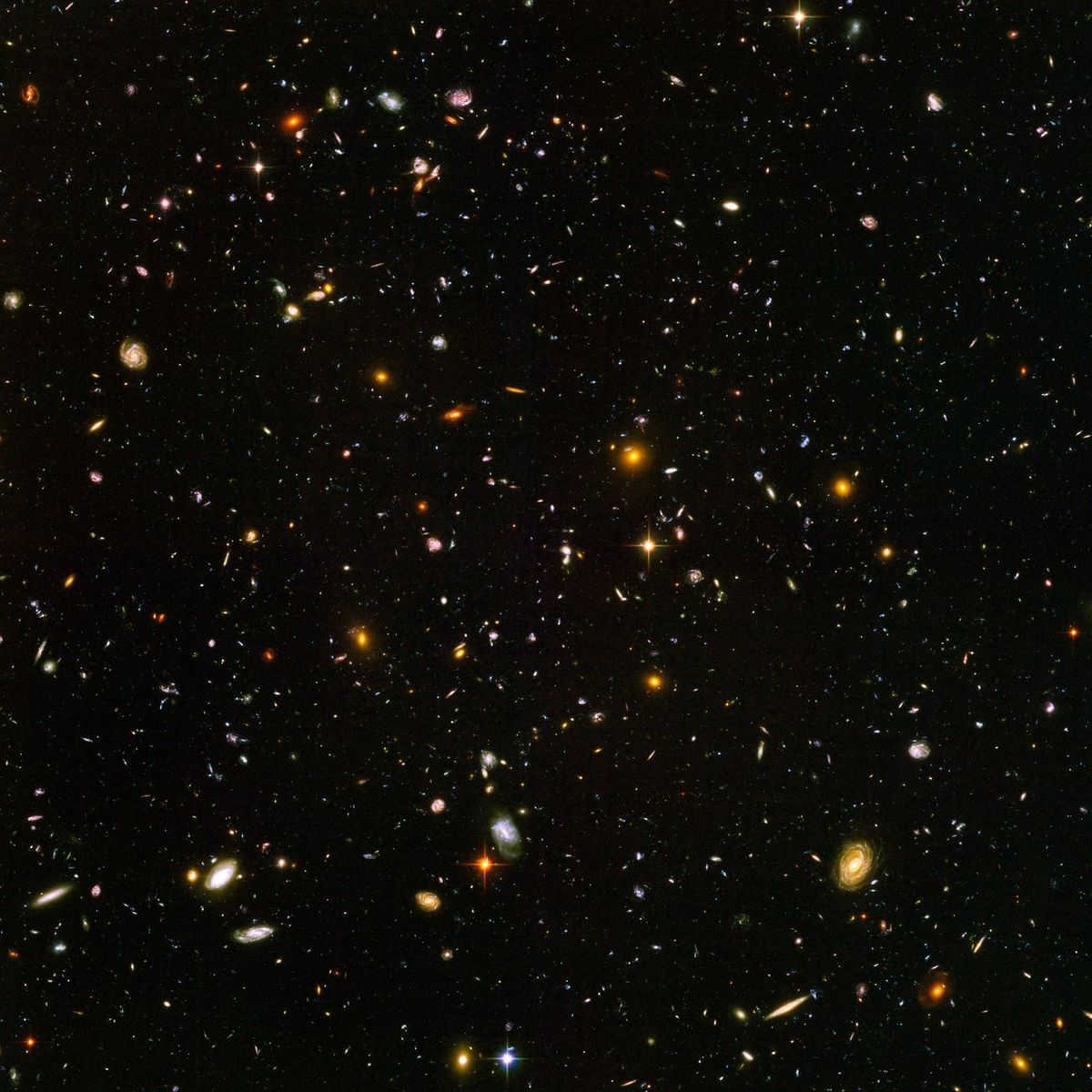
This astonishing image was created by combining a series of photographs taken over a period of 4+ months, using an extra-long exposure of 11 days. Within this captivating image, there are over 10,000 galaxies, each containing an unimaginable number of stars and planets. Let us now delve into a more detailed description of this mesmerizing scene.
The remainder of the celestial expanse, which is significantly larger in size, remains enigmatic and beyond our current understanding, much like the vastness of the cosmos itself. It is an unfathomable realm that extends infinitely in both depth and breadth.
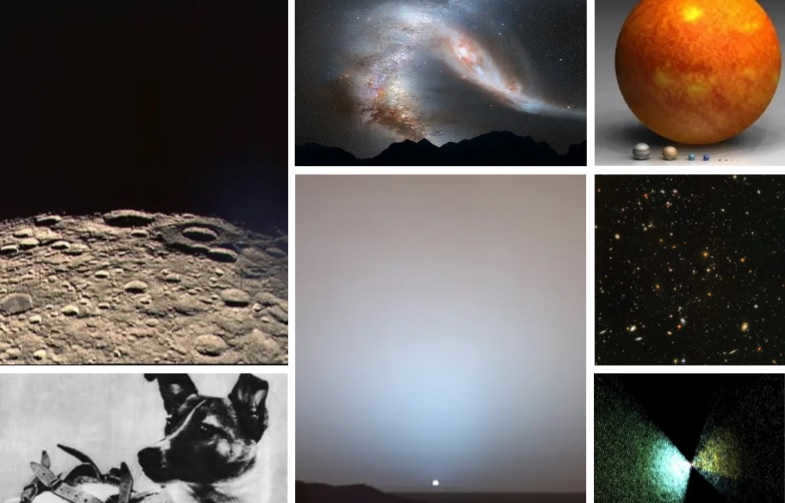
However, progress never ceases. Humanity, through collective efforts, continues to venture into the vast unknown, inching forward by millimeters and microns, traversing millions and billions of light years of stellar and dark pathways. Despite its inexplicability, space remains irresistibly captivating, filled with captivating images and new, unparalleled information that inspires a sense of awe and wonder.
Thanks to leading space exploration organizations, the public now has access to a wealth of new knowledge about the cosmos. In this article, we present 20 fascinating facts about space that will surely captivate your attention and pique your curiosity.
1. When you gaze at the stars at night, you are actually peering into the past
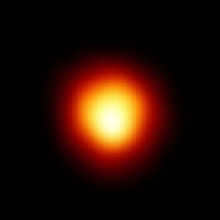
The stars that we observe in the nocturnal sky are situated at a considerable distance from us, a distance so vast that the detectable light emitted by them traverses immense expanses before finally reaching the retina of our eyes.
Consequently, every time we gaze at the night sky and perceive stars, we are essentially witnessing what they appeared like in the past. As an illustration, the luminous star Vega is relatively proximate to us, being situated 25 light years away. This implies that the light we perceive from Vega departed the star 25 years ago. Conversely, Betelgeuse (depicted in the image) in the Orion constellation is located 640 light years away. Therefore, the light that emanated from this celestial body around the year 1380, during the Hundred Years’ War between England and France, can only now be observed by peering through a telescope at a diminutive, faint speck.
Other visible stars exist at even greater distances, thus granting us the ability to effectively peer beyond them.
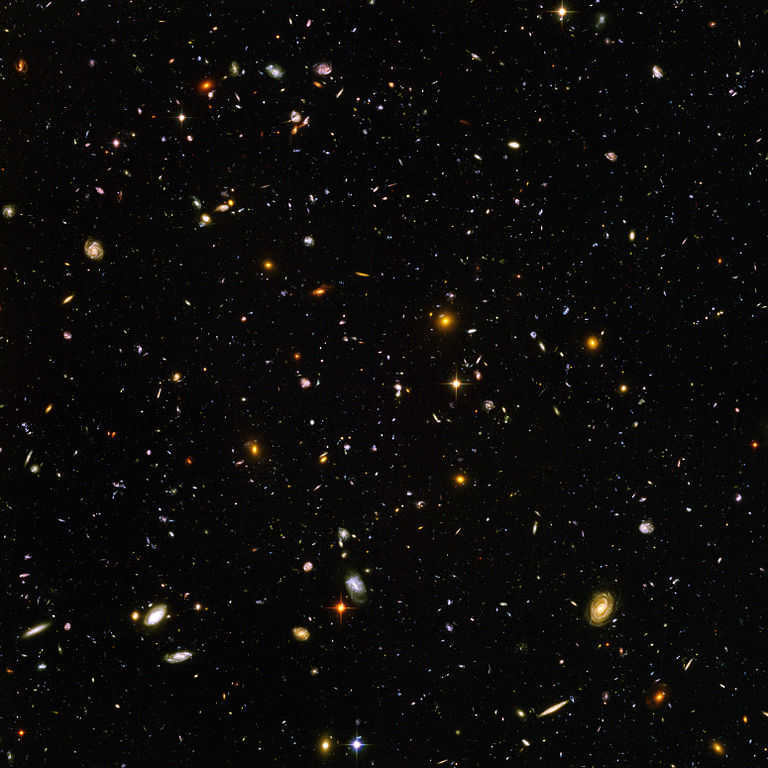
The Hubble telescope enables us to observe distant objects in the visible Universe. Thanks to this remarkable technological innovation, NASA has been able to capture some extraordinary images, including the Hubble Ultra-Deep Field (HUDF).
This extraordinary picture, composed of photographs taken by the telescope from September 2003 to January 2004, showcases an immense level of detail. It depicts a small portion of the sky with unparalleled clarity, revealing 10,000 actual entities, many of which are youthful galaxies. It serves as a genuine window into the past, allowing us to peer into the cosmos as it existed 13 billion years ago, a mere 400-800 million years following the momentous Big Bang event that marked the inception of the Universe.
3. The Big Bang can be observed on television (and we are not referring to the television series, The Big Bang Theory)
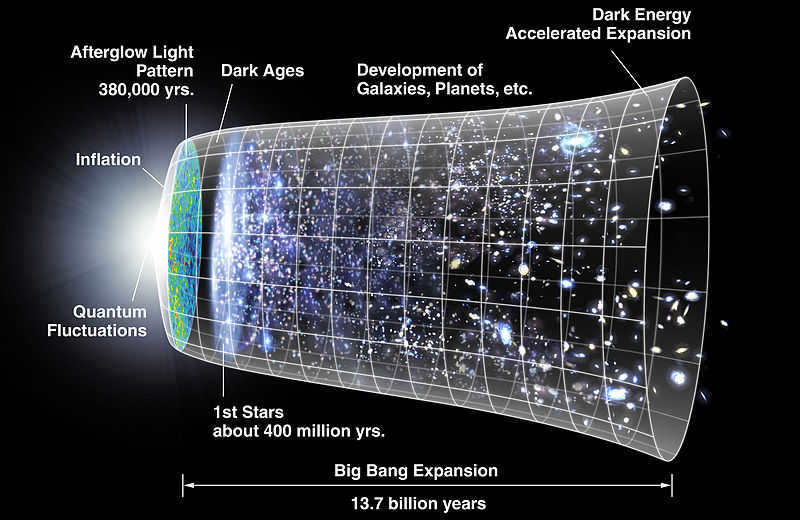
The cosmic background radiation is the residual heat and glow from the Big Bang, the monumental event that initiated our universe approximately 13.7 billion years ago (scientists generally agree on this timeframe).
This cosmic reverberation permeates the entire cosmos to this day, and it’s truly remarkable that we can even glimpse it by simply powering on an antiquated television. When the TV is not tuned to a specific channel, we witness what is known as white noise and a distinct hissing sound, with approximately 1% of this noise originating from the cosmic background radiation – a testament to the creation of everything that surrounds us.
4. The Sagittarius B gas-dust cloud is an enormous cloud composed of alcohol
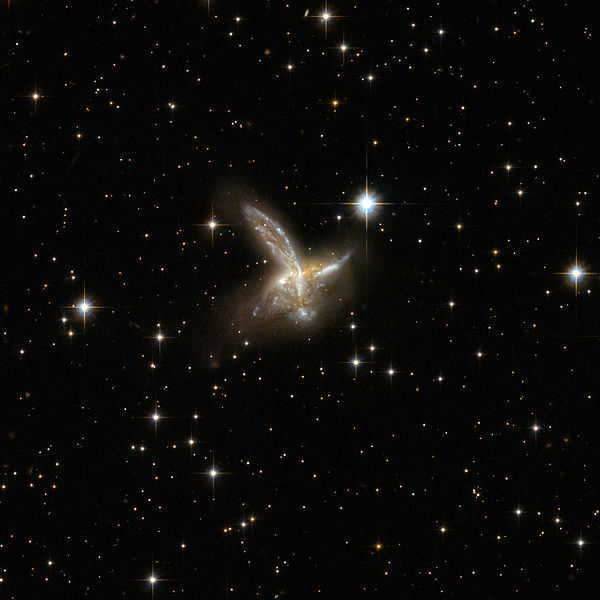
The cloud’s vinyl alcohol may not be the tastiest beverage in existence, but it plays a crucial role in the creation of organic compounds that are essential for the formation of life.

Were you aware that astronomers have already found the biggest known diamond in our galaxy? It’s an enormous piece of crystallized diamond called BPM 37093, which is also known as “Lucy,” named after the Beatles’ track “Lucy in the Sky with Diamonds.” The discovered uncut diamond is situated 50 light-years away in the Centaurus constellation. “Lucy” measures approximately 40,000 kilometers in diameter, making it significantly larger than the Earth, and has a weight of about 10 billion-trillion-trillion-trillion carats. I can’t help but wonder how much it would fetch at a pawn shop.
6. The galaxy will require 225 million years to complete a full revolution around the Sun
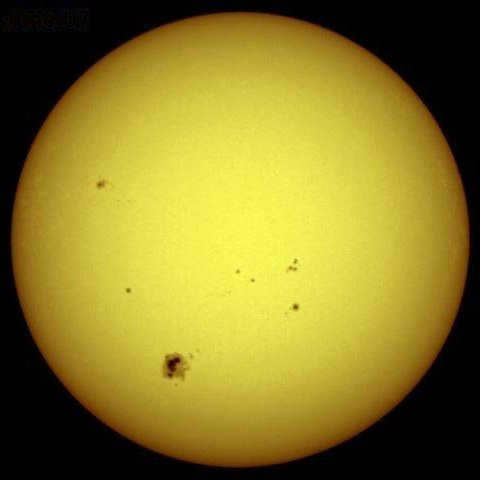
While the Sun revolves around the center of the Milky Way, the Earth and other planets in our solar system also orbit around the Sun. It takes approximately 225 million years for the Sun to complete one full revolution around the galaxy. The last time the Sun occupied its current position within the Milky Way, the supercontinent Pangaea was in the early stages of breaking apart and the first dinosaurs had just emerged on Earth.
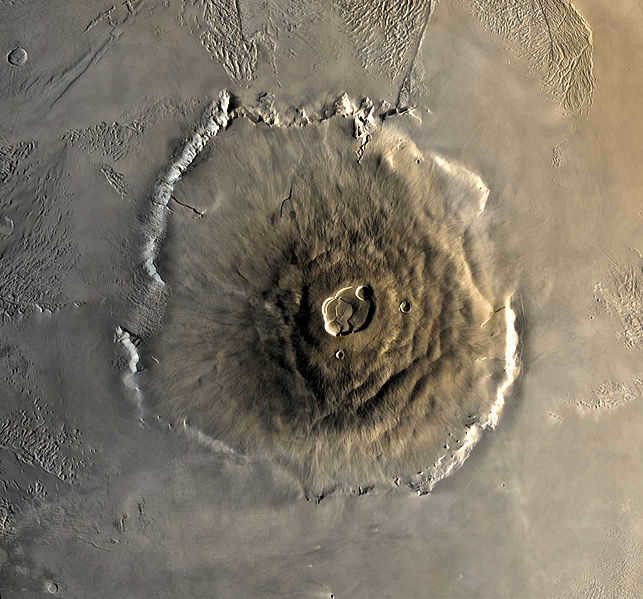
The highest mountain on any planet in our solar system is Mount Olympus on Mars. This enormous shield volcano, similar to the Tamu submarine massif or the Hawaiian Islands on Earth, stands at a staggering height of 26 kilometers and spans approximately 600 kilometers in diameter. To put it into perspective, if we were to compare this to terrestrial landmarks, Mount Olympus is nearly three times taller than Mount Everest.
8. Uranus has a unique rotation axis causing peculiar outcomes
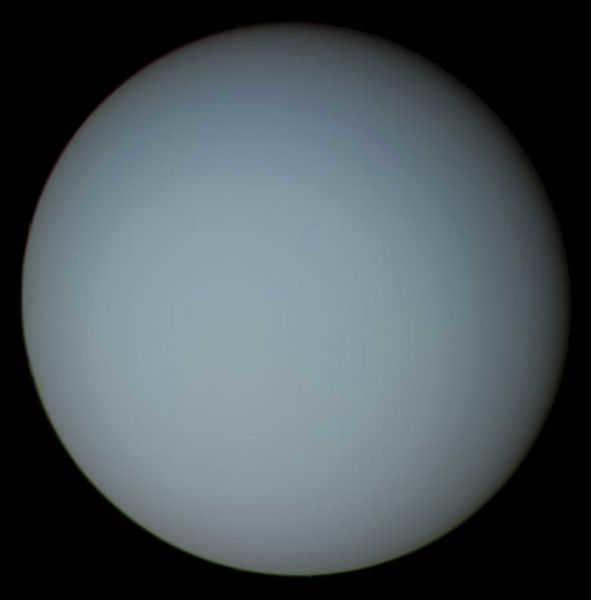
Most celestial bodies in the galaxy orbit around a star-like center. The slight inclinations in the axes of these celestial bodies lead to variations in the seasons (on a larger scale, the reason for the seasonal changes is the yearly duration of the celestial body’s orbit around its star and the tilt of its axis of rotation in relation to the orbital plane, as well as, to a lesser extent, the elliptical shape of the orbit). This leads to different regions becoming slightly closer or farther from the star as they traverse their orbit.
Therefore, in 1944, the Sun ascended over the Northern Hemisphere of Uranus, and the subsequent winter solstice will not commence until 2028.
9. The length of a year on Venus is shorter than the length of its day
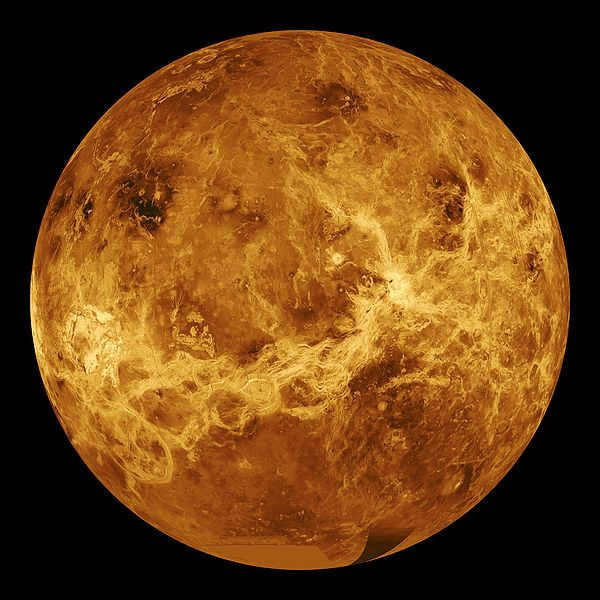
Venus, being the planet with the slowest rotation in our solar system, has a unique characteristic – its days are longer than its years. In fact, it takes Venus 243 Earth days to complete a full revolution around its axis, while it only takes 225 Earth days for Venus to complete its orbit around the Sun.
Aside from its unusual day and year lengths, Venus is also known for its extreme and inhospitable environment. The planet is plagued by constant electron storms and has high levels of CO2. Additionally, Venus is enveloped in dense clouds of sulfuric acid, making it one of the most hostile places in the universe.
10. Neutron stars hold the title for being the most rapidly spinning objects in the entire Universe

Neutron stars are thought to be the swiftest-spinning entities in the cosmos. A pulsar is a unique kind of neutron star that emits a beam of radiation, which appears as a light pulse, as the star rotates. The frequency of this pulse enables astronomers to calculate its rotation.
The quickest-spinning pulsar known to us is the object called PSR J1748-2446ad, whose equator is whirling at 24% of the speed of light, exceeding 70,000 kilometers per second. The image above illustrates what such a star might resemble.
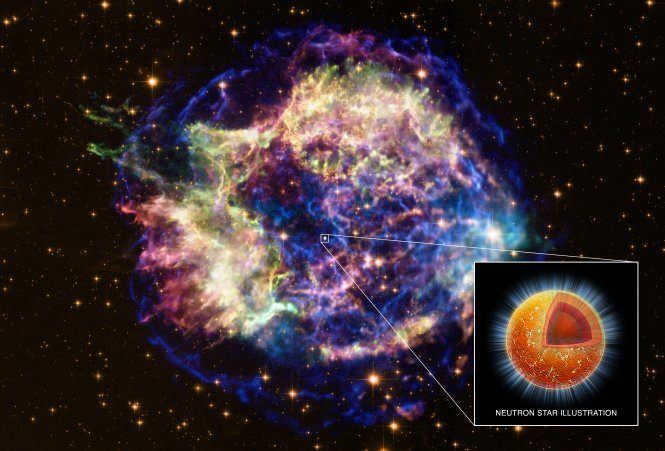
Neutron stars rotate at an incredibly rapid pace and possess an equally astonishing level of density. It has been approximated that if one were able to gather a tablespoon of substance from the core of a neutron star, it would possess a weight of approximately 1 billion tons.
12. The Voyager 1 spacecraft holds the distinction of being the most distant man-made object from Earth
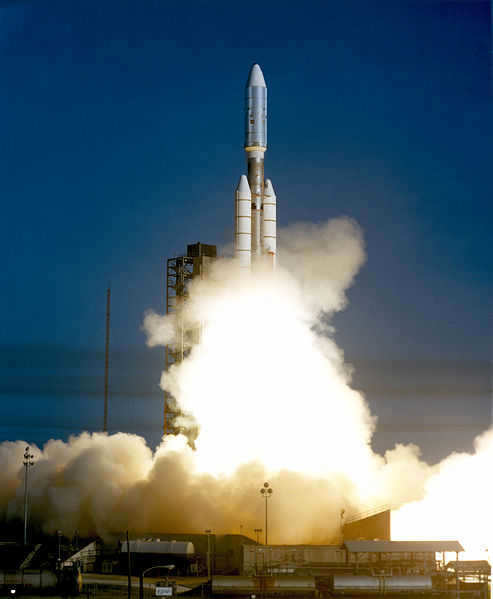
Back in 1977, the Voyager program initiated the launch of a pair of spacecraft known as Voyager 1 and Voyager 2. These probes have been engaged in the exploration of the planets and moons within the outer region of our solar system for numerous decades. Currently, they are persisting in their mission to journey through the heliosphere, which is located at the outer limits of our solar system, venturing even further into the vast expanse of interstellar space.
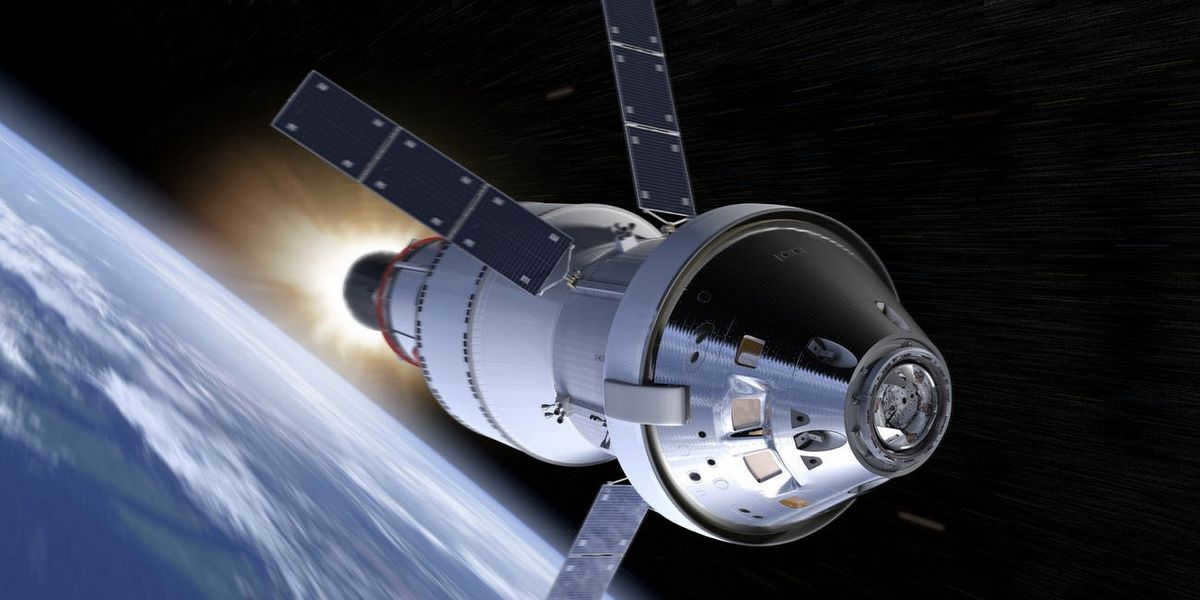
On March 20th, 2013, Voyager 1 achieved the groundbreaking milestone of becoming the first artificial object created by humans to venture beyond the boundaries of our solar system. As a result, it currently holds the record for being the farthest man-made entity from Earth, positioned a staggering 124.34 astronomical units away.
To put this extraordinary feat into perspective, Voyager 1 has ventured approximately 18.6 billion kilometers from its initial point of departure. It goes without saying that this mind-boggling distance is a significant testament to human ingenuity and the boundless possibilities of space exploration.
13. “Voyager 1 captured the most distant image ever recorded of our planet Earth
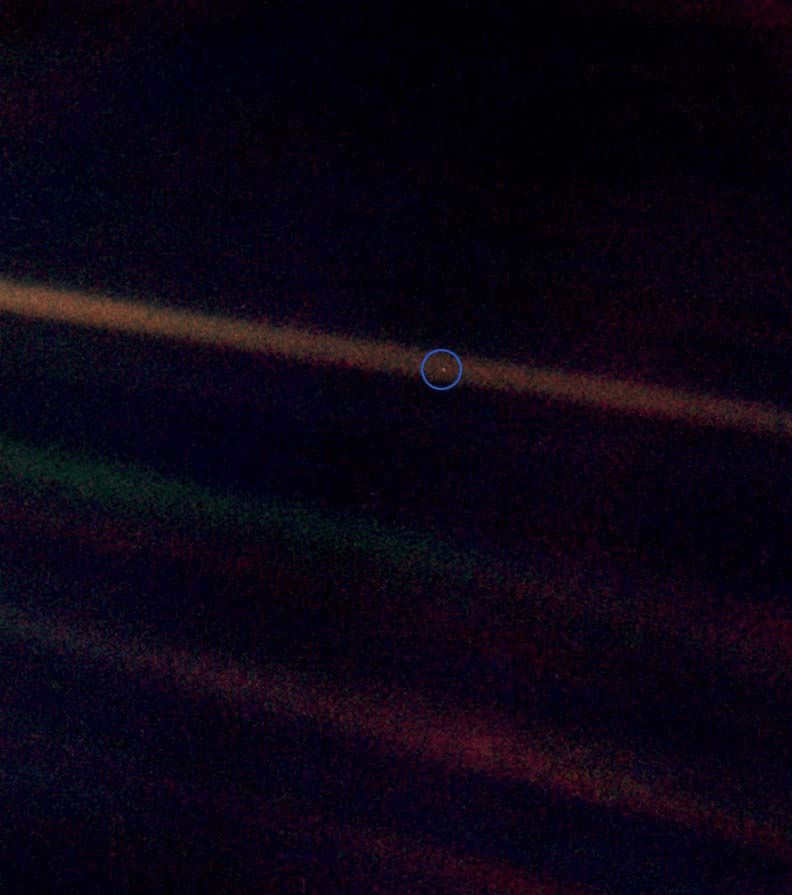
Back in 1990, during an ongoing mission, the Voyager 1 spacecraft decided to turn its camera back towards our planet and snap a photo. The resulting image captured the Earth as a seemingly insignificant pale blue dot, which led astronomers to officially name it The Pale Blue Dot. When viewed from a distance of 6 billion kilometers, our planet appears as nothing more than a tiny speck of blue amidst the vastness of space.
Renowned astronomer Carl Sagan, who originally proposed the idea of capturing this image, eloquently stated, “From this remote perspective, it may be easy to overlook the Earth’s significance. However, for us, it holds great importance. Let us take another look at this tiny point. This is our home. This is where we belong.”

The quest for Extraterrestrial Intelligence is an endeavor aimed at determining the existence of intelligent beings in other regions of the cosmos and finding ways to establish communication with these alien species. This undertaking encompasses the exploration of other planets and satellites in search of signs of life. Notably, certain satellites of Jupiter, such as Io, hold promise as potential locations to uncover indications of primitive life. Remarkably, the pursuit of extraterrestrial life also involves scientific investigations conducted right here on Earth.
If scientists manage to disprove the notion that life arose independently on multiple occasions, it would imply that life is capable of originating in diverse locations and multiple times. Therefore, scientists are actively seeking evidence suggesting the possibility of life originating on Earth more than once, a discovery that could have fascinating implications for further studies of the universe and our own existence.
15. Our galaxy is believed to contain around 400 billion stars.
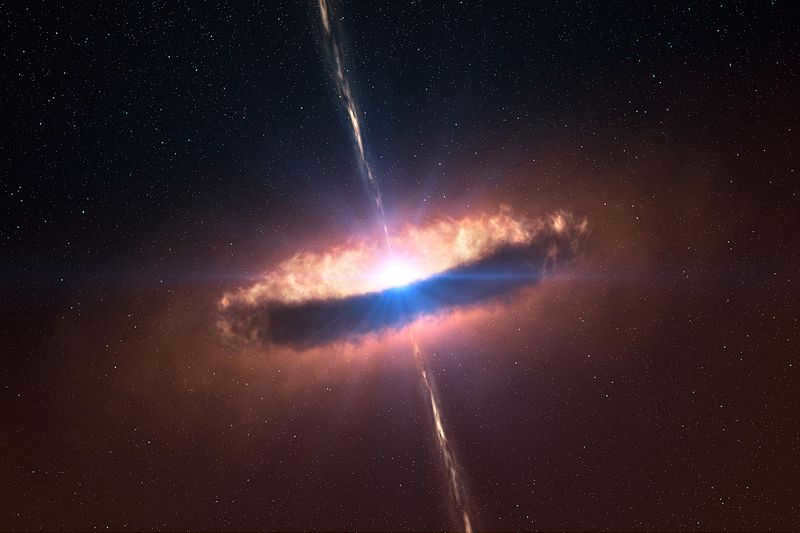
The Sun holds great significance for us, the residents of our planet. It serves as the focal point of our solar system, providing us with both light and energy. However, it is important to note that the Sun is just one of the numerous stars that comprise our home galaxy, the Milky Way. Based on current estimations, it is believed that there are approximately 400 billion stars in our galaxy. The image above depicts an artist’s interpretation of what a dust disk surrounding a newly formed star might resemble.
16. Our galaxy could potentially have 500 million planets capable of supporting life
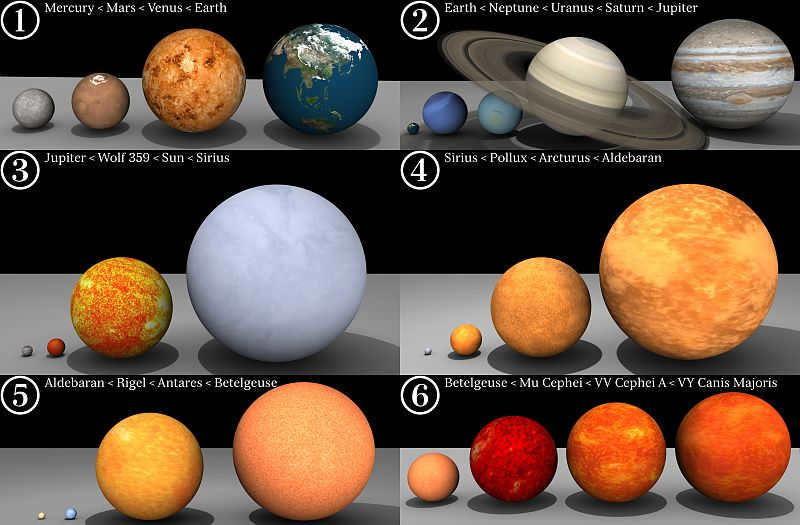
Scientists are currently directing their attention towards planets known as “Goldilocks planets,” which are situated within the habitable zone of a star, in their search for extraterrestrial life. The conditions on Earth appear to be uniquely suitable for the existence of life. The distance between our planet and the Sun results in the perfect temperature range for the presence of water in its various states – liquid, solid, and gas. Additionally, Earth possesses the ideal combination of chemical compounds necessary for the development of complex life forms. Any other planets that exhibit similar characteristics are referred to as “Goldilocks planets.”
There are approximately 500 million possible exoplanets in just the Milky Way galaxy. This means that if life can exist beyond Earth, there is an immense number of potential planets where it could flourish. Taking into account all the galaxies in the universe, the number of habitable planets could be mind-boggling. It is important to note that we currently lack evidence of extraterrestrial life, but if it does exist, there are countless locations where it could originate and develop.
17. It is estimated that the observable universe contains over 170 billion galaxies
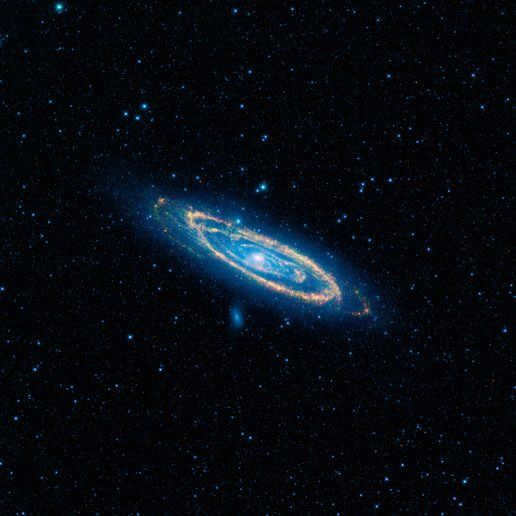
The number of galaxies in the observable universe varies depending on the calculations. It is widely accepted that we can only observe a small fraction of the entire universe with our current technology. It is possible that there are many more galaxies out there, but they are simply too distant for our telescopes to detect. Based on data from the Hubble telescope, astronomers have estimated that there are approximately 170 billion galaxies in the observable universe. However, the true number remains unknown.
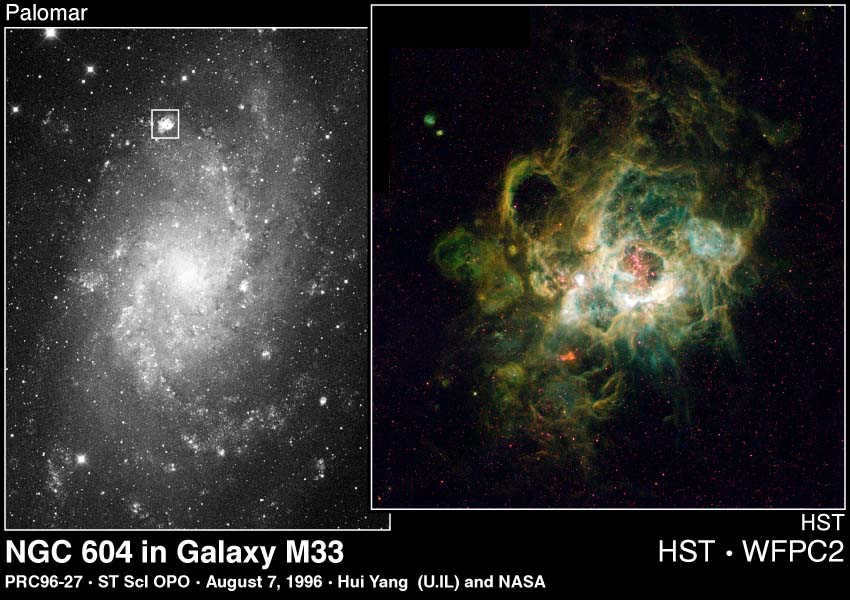
This is a theory that is more speculative than factual, but several branches of mathematics, quantum mechanics, and astrophysics have reached similar conclusions: our universe is just one among many, and we exist in a “multiverse” (in theory).
There are different concepts on how this could be possible, with one of them suggesting that atoms have the ability to arrange themselves in a limited number of ways in both time and space. This could eventually lead to the repetition of events and individuals in countless other universes.
Other theories propose the existence of “bubble” or parallel universes that exist in dimensions beyond our reach. While these ideas may seem like far-fetched science fiction concepts, they actually offer elegant solutions to problems that arise from new discoveries about the workings of the universe.
19. The human brain is the most intricate entity in existence

The human brain is an incredibly intricate entity consisting of a staggering one hundred billion neurons and a mind-boggling quadrillion connections. Despite its complexity, our understanding of this organic supercomputer remains limited. What we do know, however, is that the human brain is the most awe-inspiring discovery in existence. It grants us the remarkable ability to shape language and culture, possess consciousness and self-awareness, learn and acquire knowledge, comprehend the vastness of the universe, and contemplate our place within it. Scientists are unequivocal in their assertion: the brain remains the most enigmatic object ever encountered in the entirety of the known universe.
20. We are all composed of star particles

Although it may appear peculiar, the truth is that nearly every constituent discovered on our planet was actually formed within the fiery nucleus of a celestial body… all the substance composing life on Earth, and consequently our physical beings, is comprised of cosmic debris.

As Carl Sagan once said, the elements that make up our DNA, teeth, blood, and even our apple pies were created inside dying stars. We are essentially composed of cosmic material.
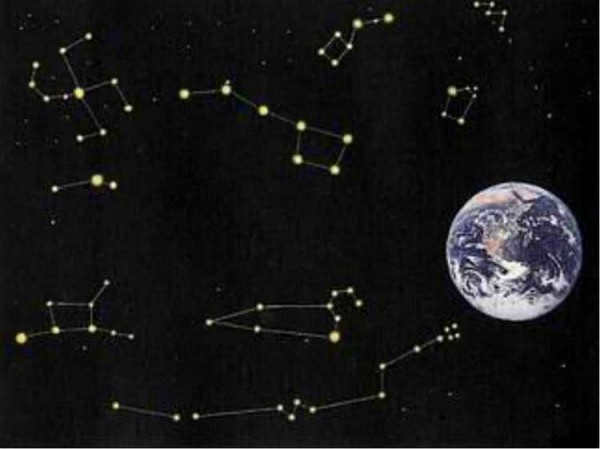
The universe is an enigmatic realm that encompasses numerous galaxies, countless planetary systems, and a multitude of unexplained phenomena. Within the vastness of outer space, all celestial bodies are interconnected, following a specific order and occupying designated areas. The exact number of galaxies in the universe remains unknown. As cosmic space continues to expand, new entities emerge, leading us to speculate that there may exist a parallel world akin to our own, concealed within the depths of the universe.
Centuries ago, scientists used to believe that our “Milky Way” was the center of the universe. However, in reality, it is just a small component of the vastness of outer space. The Universe is home to thousands of galaxies, each with its own unique characteristics and enigmatic phenomena.
During the 19th and 20th centuries, astronomers were limited to observing the closest regions of space, which included our own “Milky Way”. Any objects that were distant, mysterious, and unexplained were attributed to this single galaxy. Due to the limitations of their telescopes at the time, these distant celestial bodies appeared as hazy nebulae.
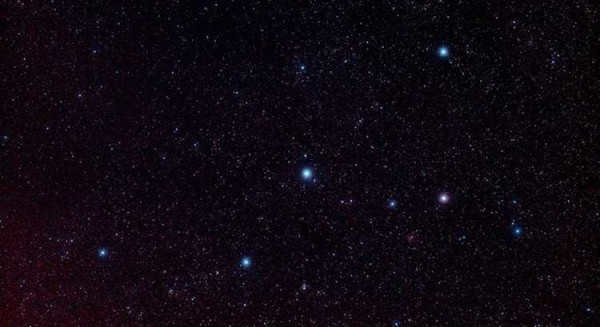
Edwin Hubble was the first to provide evidence of the existence of celestial bodies beyond our immediate cosmos. With the help of an improved telescope, this astronomer was able to calculate the approximate distance from the Milky Way to the Andromeda galaxy. The vastness of this distance ruled out any possibility of it belonging to our nearest space. This groundbreaking discovery opened up new possibilities for scientists to explore the Universe and consider the existence of other worlds.
Categories of galaxies
Based on the classification by Hubble, galaxies can be categorized into the following types:
- Elliptical (E). These are celestial bodies that possess a distinct spherical structure with blurry boundaries. They have a slow rotation and constitute 25% of the total number of galaxies in the universe.
- Lenticular (SO). This type of galaxy lacks spiral arms and is characterized by a central lens surrounded by a faint halo. Approximately 20% of galaxies fall under this category in outer space.
- Spiral (regular S). These galaxies have stellar arms within their disk. They exhibit a thickening and blue-colored spiral branches in their center. There is also a bar, or a junction, from which the arms extend. Our very own Milky Way belongs to this spiral system.
- Irregulars. These are celestial objects that lack a specific structure. The arrangement of celestial bodies within them is chaotic. They might have been spiral or elliptical in the past, but due to the gravitational forces, they have become irregular. Irregulars account for 25% of all systems in outer space.
Adjacent planetary systems
The celestial objects observed through telescopes are relatively youthful entities. Among these is our own Milky Way galaxy and its closest companion. It is surrounded by 54 galaxies. The nearest companions are the diminutive systems situated in the constellations of Sagittarius and Canis Major. Their mass is 300 times smaller than that of the Milky Way. They are situated at a distance of 42,000 light-years from the center of our galaxy. The dwarf systems only contain a few billion stars. With the passage of time, they may coalesce with one another or be engulfed by larger entities.
The expansion velocity of the Universe is 20 kilometers per second, eventually resulting in the inevitable encounter of different systems.
The furthest galaxy in the universe
Located in the Ursa Major constellation, a staggering 32 million light years away lies GN-z11. Officially designated as the most remote galaxy, it was first detected on March 3, 2016, with the aid of the Hubble telescope. Experts estimate its age to be a mere three percent of the current universe. Ongoing research on GN-z11 has revealed that it is a fraction of the size of our own Milky Way, measuring at only 25 times smaller. Additionally, it is home to a mere one percent of the total number of stars.
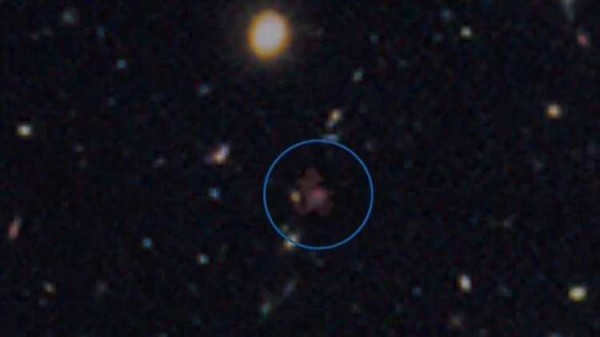
With the continuous expansion of the Universe, it is uncertain whether GN-z11 will retain its status as the most distant galaxy in the future.
The estimated number of stars in the Universe
Our knowledge of the Universe is limited to what telescopes and probes can reveal. Each year, advancements in technology allow us to discover new and increasingly enigmatic frontiers. As a result, the age and size of known objects are constantly being revised. So, how many worlds still exist in the vastness of space? The exact or approximate answer can only be derived through the modeling of the Universe, which is practically impossible due to the constant and irreversible changes that occur every second.
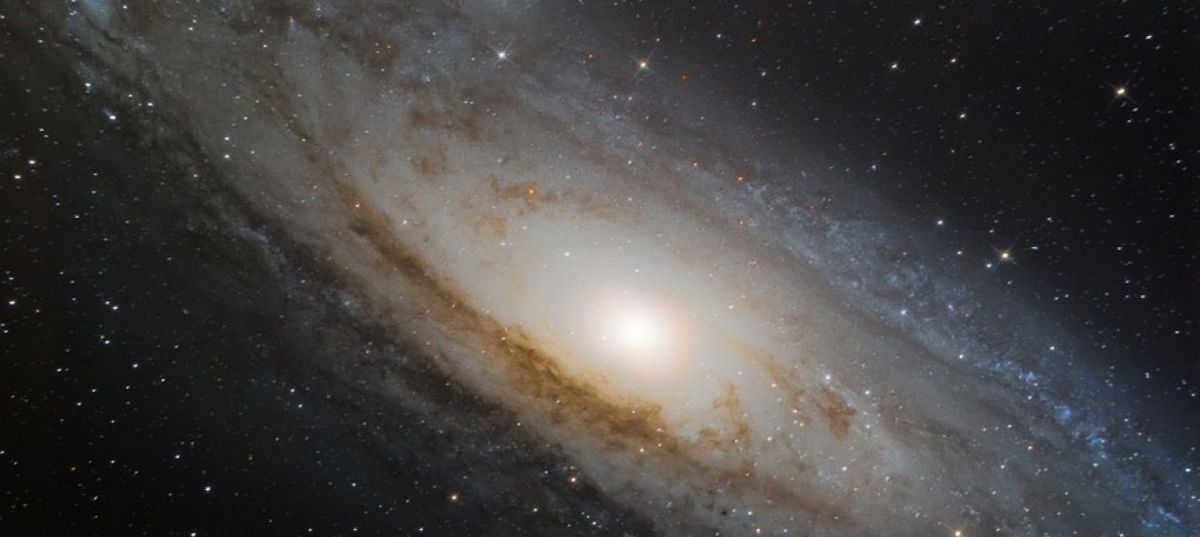
The magnitude of the Universe is incredibly vast, to the point where our own solar system appears insignificant in comparison. The sheer expansiveness of the Universe is often contemplated not just in astronomical terms, but also in philosophical terms, as it is exceedingly challenging to fathom the extent of this cosmic expanse.
From a philosophical perspective, the material world that envelops us is infinite. It manifests in various forms and states of matter, constantly evolving and even expanding. On the astronomical front, the Cosmos encompasses everything that exists in our vicinity and within ourselves: space, time, matter, and energy. It encompasses all the stars, planets, systems, galaxies, and every object that surrounds you at this very moment. The true magnitude of the Universe remains unknowable today. It is highly unlikely that humanity will ever possess the means to comprehend it, even with the advancements in technology. Hence, there is room for the religious aspect of this query, which conceptualizes the Universe as boundless, a higher power, a deity, everything and nothing, the alpha and omega of time and space.
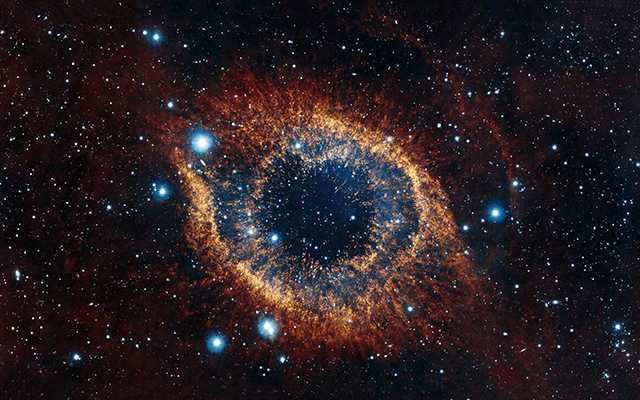
The vastness of the cosmos
In order to even begin to comprehend the immense size of the universe, it is helpful to consider the scale of some of its components. For instance, let’s use a human being as a point of reference for smallness. While this is not entirely accurate, it provides a frame of reference that we can understand. For a person, traveling around the Earth is an enormous distance that can be covered in a matter of hours by airplane, but would take many years on foot, even on a straight road. However, in the grand scheme of things, our solar system dwarfs the Earth. When compared to planets like Saturn or Jupiter, our home planet is akin to a tennis ball next to a basketball. And in comparison to the Sun, it is merely a tiny seed.
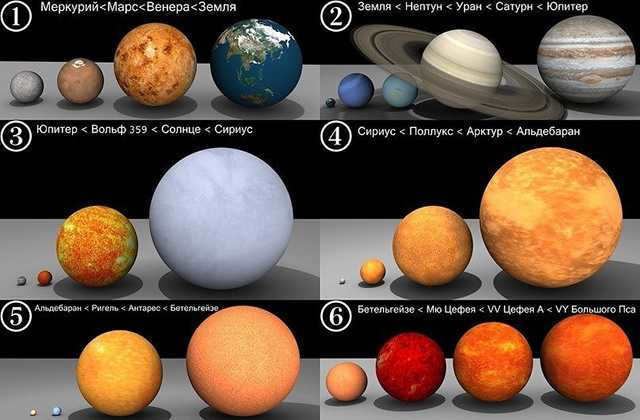
Every evening, we have the opportunity to witness numerous stars and constellations in the sky, which are located millions of light years away from us. Some of these celestial bodies are so distant that a specific star might have already ceased to exist, yet its light is still reaching us. It is worth noting that the speed of light is considered to be the fastest phenomenon in the entire universe. Even with this incredible speed, it takes an immense amount of time for light to travel such vast distances. Just imagine how long it would take for any other object to cover such enormous expanses.
Each cluster of stars forms connections with other groups. For instance, our very own Milky Way belongs to the Local Group, which has a diameter of approximately one megaparsec. Even light would take more than three million years to traverse such a distance.
However, groups are not currently the largest components of the cosmos. Learn more about all known associations in our article on the structure of the Universe. For instance, superclusters, also known as super clusters, can consist of several hundred galactic groups and are themselves part of even larger formations.
Our galaxy is a component of the Laniakea supercluster, which houses the central point of gravity that attracts all the galaxies within the supercluster. It is also referred to as the center of the observable Universe. The size of this supercluster alone is approximately half a billion light-years, and it is not the only one in the Universe. It is possible that superclusters are considered the largest entities simply because we are unable to observe or conceive of even larger regions of space.
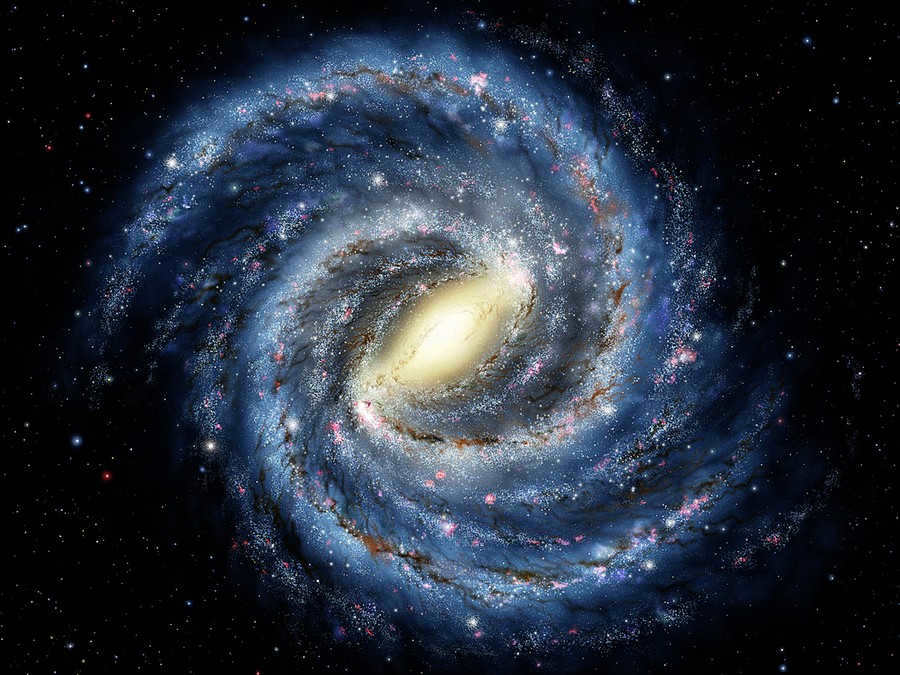
The extent of the observable Universe
The observable Universe, also known as the Metagalaxy, encompasses the entirety of the cosmos, including all galaxies and planets that are visible to us. Due to the age of our universe, which is approximately 13.8 billion light years, our vision is limited to this distance. The light from regions that are further away has not yet reached us, preventing us from knowing what lies beyond the visible Universe. According to the concept of space expansion, all celestial objects are moving away from each other at a speed greater than that of light. However, despite this, we are still able to perceive light from some of these objects, even if they have actually traveled far beyond our own galaxy.
The metagalaxy’s boundary is known as the cosmological horizon. However, this does not imply that there is a void beyond it. It is highly probable that there are similar stars and planets in existence, although they remain unseen to us. Moreover, comprehending the actual extent of the observable universe is challenging due to the fact that objects are continuously moving away from one another.
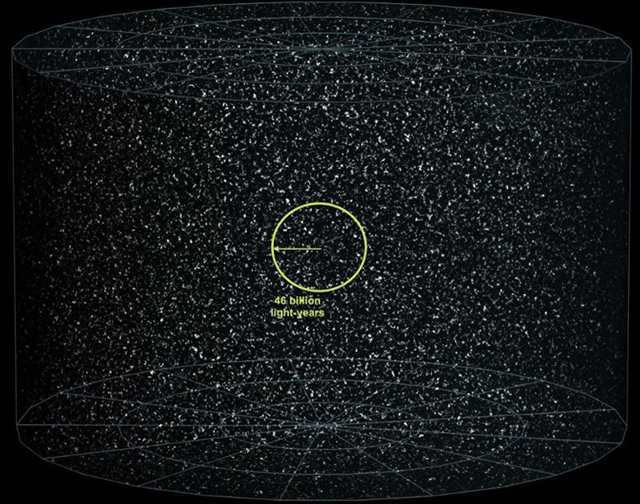
In terms of size, the observable Universe has a diameter of approximately 93 billion light years if we consider the Solar System as its center. The assumption is that beyond the Metagalaxy, which is mostly homogeneous, the Universe continues in a similar manner. This implies that the boundary of the observable Universe is not the ultimate end, and there may exist something unimaginably larger, making everything we know just a tiny speck in comparison.
Equating the concepts of “space” and “universe” is incorrect because they are distinct from each other. “Space” refers to the empty regions that are not occupied by celestial bodies and other objects. However, it is not completely empty as it contains interstellar matter and electromagnetic radiation. Additionally, the presence of dark matter, which is believed to constitute the majority of outer space, should not be overlooked.
Furthermore, space itself can be divided into various sections. In this classification, the Earth is used as a reference point for convenience.
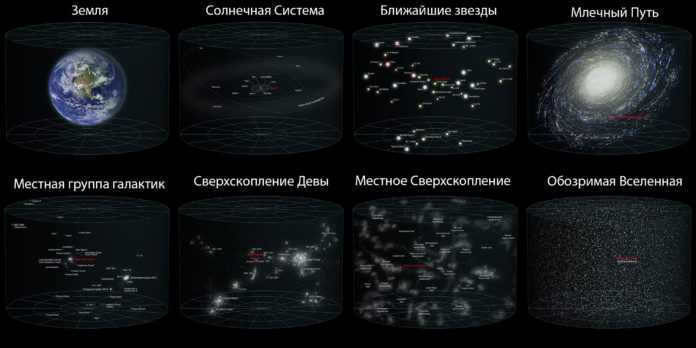
- Proximity to Earth. The Armstrong line is located about 19 kilometers above sea level. At this altitude, water boils at a temperature similar to that of the human body, rather than the usual 100 degrees Celsius. This is why it is impossible to be there without a spacesuit – even your saliva would start to boil. Outer space officially begins at 100 kilometers above sea level.
- Near-Earth region. This area begins where the gravitational force of the Earth becomes weaker than that of the Sun, which is approximately 260 kilometers. Satellites and the International Space Station orbit up to this height.
- The region between planets. This is the path that the Moon travels and the farthest distance that a person has ever been from Earth. This historic event occurred in 1969, although there are still some individuals who doubt that the Moon landing ever happened. You can find more information about this in our article on lunar conspiracy theories.
- The space between stars. The meaning of this term is self-explanatory – there is no need for further explanation. These areas can span billions of kilometers in size.
- The space between galaxies. These regions of space are measured in quintillions of kilometers in length.
Our planet is immense for both humans and other living creatures. However, in the grand scope of the Universe, none of this holds significance. It is a minuscule detail that outer space can easily dismiss. This reality is both captivating and unsettling.
For centuries, humanity has pondered the age of the cosmos. While it is impossible to request its passport and verify its birthdate, modern scientific advancements have allowed us to uncover this mystery. Although, these revelations have only come to light in recent times.
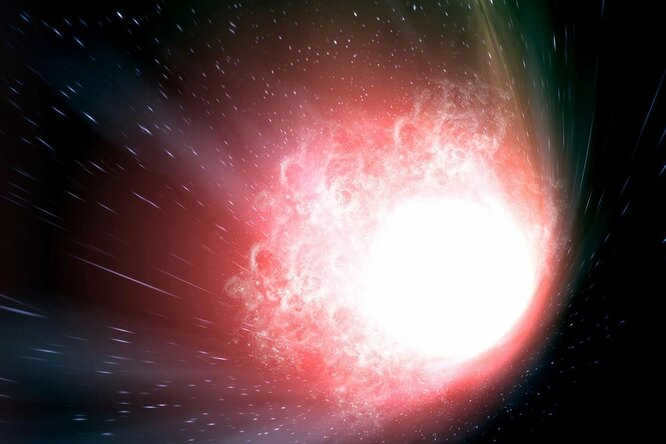
Divination with Stones
In the early 1900s, Ernest Rutherford and American chemist Bertram Boltwood made significant advancements in the field of radiometric dating of Earth rocks, confirming Perry’s earlier findings. By the 1920s, mineral samples were discovered with radiometric ages approaching 2 billion years. Over time, geologists continued to revise this estimate, and it now stands at over 4.4 billion years. Further evidence is provided by the study of meteorites, known as “celestial stones.” The majority of radiometric age estimates for meteorites fall within the range of 4.4-4.6 billion years.
By utilizing modern helioseismology, scientists can directly measure the age of the Sun. The latest data suggests that the Sun is approximately 4.56-4.58 billion years old. It is important to note that the gravitational condensation of the protosolar cloud, which gave birth to the Sun, took place over millions of years. Therefore, we can confidently conclude that no more than 4.6 billion years have passed since the beginning of this process. Interestingly, the composition of solar matter includes elements heavier than helium, which were synthesized in the thermonuclear furnaces of massive stars from previous generations that eventually burned out and exploded as supernovae. This implies that the universe has existed for a much longer period than the age of our solar system. To determine the extent of this excess, we must first explore our own Galaxy and then venture beyond it.
Exploring the Path of White Dwarfs
There are multiple approaches to determining the lifespan of our Galaxy, but we will focus on the two most dependable methods. The initial technique involves monitoring the brightness of white dwarfs. These compact celestial bodies, which are approximately the size of Earth, symbolize the ultimate phase of existence for nearly all stars, excluding the most massive ones. In order to transform into a white dwarf, a star must entirely consume its thermonuclear fuel and experience various cataclysmic occurrences, such as temporarily evolving into a red giant.

If a white dwarf is unable to sustain fusion reactions, it will emit light using stored energy and gradually lose heat. The rate at which this cooling occurs can be calculated, and based on this, we can determine the time it takes for the surface temperature to drop from its initial temperature (which is typically around 150,000 K) to the observed temperature. To determine the age of the Galaxy, we need to identify the longest-lasting and coolest white dwarfs. Thanks to modern telescopes, we are able to detect intragalactic dwarfs with surface temperatures below 4000 K, which have a luminosity 30,000 times weaker than that of the Sun. However, we have not yet found any of these dwarfs – either they do not exist at all, or they are extremely rare. Therefore, it can be concluded that our Galaxy cannot be older than 15 billion years, as otherwise we would expect to find a significant number of these dwarfs.
Evidence from Globular Clusters
A different approach involves the examination of globular star clusters that are situated in the outer regions of the Milky Way and revolve around its core. These clusters consist of hundreds of thousands to over a million stars that are bound together by gravitational forces. Globular clusters can be found in almost all large galaxies, with their numbers sometimes reaching into the thousands. While new stars are not commonly formed within these clusters, there is a plentiful supply of older stars. Currently, there are approximately 160 known globular clusters within our own Galaxy, and it is possible that a few dozen more may be discovered in the future. The exact mechanisms behind their formation remain somewhat uncertain, although it is likely that many of them originated shortly after the birth of the Galaxy itself. Consequently, by determining the age of the oldest globular clusters, a minimum age for the galaxy can be established.
While dating a globular cluster can be technically complex, the concept behind it is actually quite simple. All stars within the cluster, whether they are supermassive or lightweight, are formed from the same gas cloud and therefore are born around the same time. As these stars progress, they deplete their main hydrogen reserves at different rates – some faster, some slower. When a star exhausts its hydrogen, it transitions away from the main sequence and goes through a series of transformations that can result in a complete gravitational collapse (leading to the formation of a neutron star or black hole) or the formation of a white dwarf. By studying the composition of a globular cluster, scientists are able to accurately determine its age. To gather reliable data, it is necessary to study several dozen clusters at a minimum.
However, it is believed that our Milky Way galaxy is older than its clusters. The initial explosion of supermassive stars in the galaxy resulted in the ejection of nuclei of various elements, including beryllium-9. As globular clusters began to form, their newly born stars already contained beryllium, with the later clusters having higher beryllium content. By analyzing the beryllium content in the atmospheres of these clusters, we can estimate the age difference between the clusters and the Milky Way. For example, the cluster NGC 6937 shows a difference of approximately 200-300 million years. Based on this, we can conclude that the age of the Milky Way is at least 13 billion years, possibly reaching 13.3-13.4 billion years. This estimate aligns closely with the age determined from observations of white dwarfs, although the methods used are completely different.
Hubble’s Law
The scientific inquiry into the age of the universe began in the early 1900s. It was during the late 1920s that Edwin Hubble and his assistant Milton Humason focused on improving the measurements of distances to various nebulae located beyond our Milky Way Galaxy. These nebulae were recently recognized as separate galaxies.
These galaxies are moving away from the Sun at radial speeds, which were measured by analyzing the redshift in their spectra. Though the distances to most of these galaxies were determined with significant uncertainty, Hubble still observed that they were roughly proportional to their radial velocities. He detailed this finding in a paper published in early 1929. Two years later, Hubble and Humason confirmed this conclusion through observations of other galaxies, some of which were over 100 million light-years away. These observations formed the basis of the renowned equation v=H0d, known as Hubble’s law. In this equation, v represents the radial velocity of a galaxy relative to Earth, d represents the distance, and H0 represents the coefficient of proportionality. Notably, the dimensionality of H0 is inverse to that of time (previously referred to as the Hubble constant, which is incorrect as its value differed in previous epochs). Hubble himself and many other astronomers refrained from speculating on the physical significance of this parameter. However, in 1927, Georges Lemaître demonstrated that the general theory of relativity allows us to interpret the separation of galaxies as evidence of the expansion of the Universe. Four years later, he boldly extended this conclusion by hypothesizing that the Universe originated from an almost point-like embryo, which he referred to as an atom. This primordial atom could have remained static for any duration, even infinity, but its “explosion” resulted in an expanding space filled with matter and radiation, ultimately giving rise to our present universe. In his initial paper, Lemaître derived a complete analogue of the Hubble formula and, armed with data on the velocities and distances of numerous galaxies, obtained a nearly identical value for the coefficient of proportionality as Hubble. However, his paper was initially published in French in a relatively unknown Belgian journal and went unnoticed. It wasn’t until 1931, when an English translation was published, that it became widely known among astronomers.
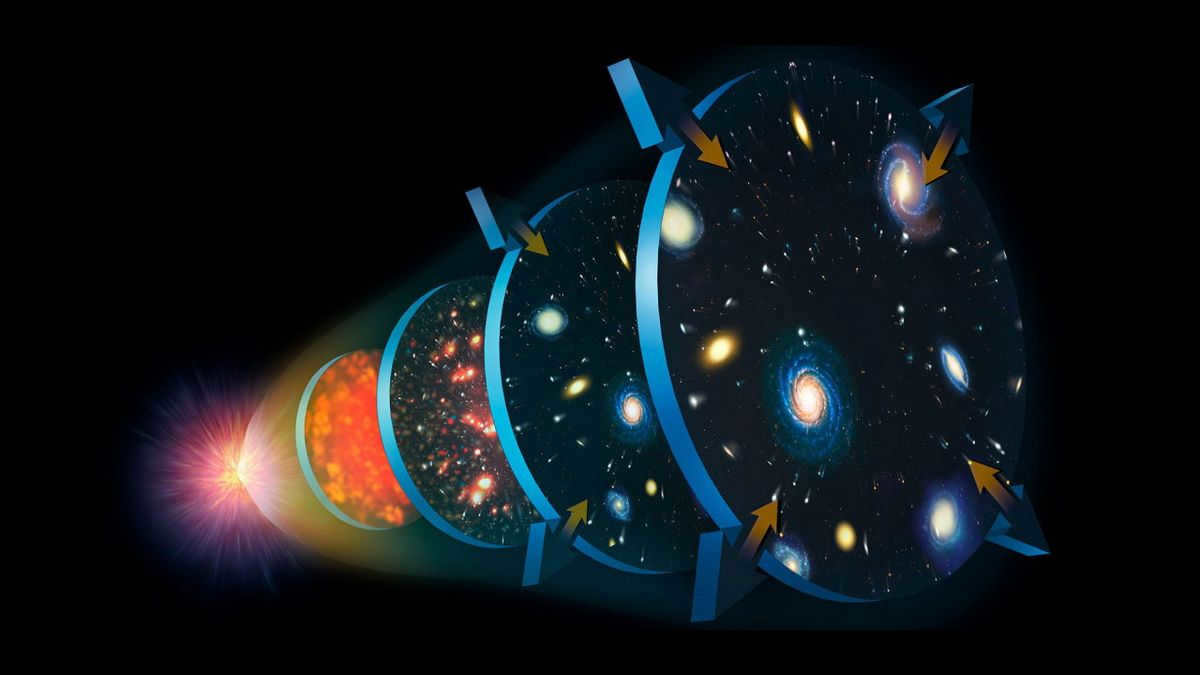
What is the size of the Universe? This is one of the primary questions in the field of astronomy. By searching for the most distant observable point from Earth (and therefore the oldest), we can make an approximation of its diameter.
Thanks to the continuous advancements in technology, astronomers are now able to peer into the past and witness the early stages of the Universe, shortly after the occurrence of the Big Bang. It may appear that the entire Universe is within our field of vision. However, the actual size of the Universe is influenced by various factors, such as its shape and the rate at which it is expanding.
Thus, even though we can make an estimation of the size of the Universe, scientists cannot provide an exact measurement.
The vast expanse of the universe
In the year 2013, the European Space Agency’s Planck space mission unveiled a groundbreaking map of the universe’s oldest light source, providing unparalleled accuracy and detail. This extraordinary map revealed that our universe has a staggering age of 13.8 billion years. To determine this age, scientists meticulously examined the cosmic microwave background, a celestial phenomenon that holds the secrets of the universe’s past.
“The cosmic microwave background serves as a cosmic time capsule, transporting us back to the ancient eras,” Charles Lawrence, an esteemed researcher at NASA’s Jet Propulsion Laboratory in Pasadena, California, explained in a statement.
Other articles you may be interested in:
Due to the correlation between distance and the velocity of light, scientists have the ability to observe a specific area in space that is approximately 13.8 billion light years away. Similar to a vessel sailing across an empty ocean, astronomers on Earth can direct their telescopes to explore regions that are 13.8 billion light-years in any given direction. This effectively places Earth within an observable sphere with a radius of 13.8 billion light-years. It is important to note the term “observable”; while this sphere defines the boundaries of what scientists can visually perceive, it does not limit the existence of other celestial entities beyond its limits.
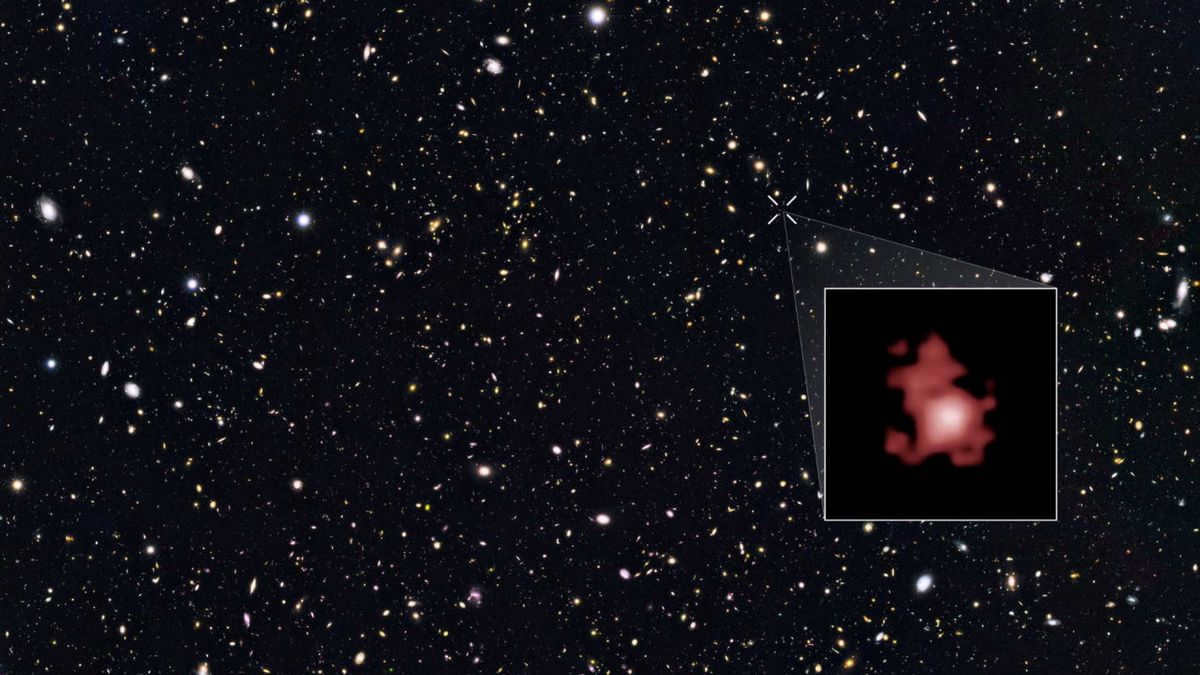
However, even though the sphere seems to be approximately 28 billion light-years in size, it is actually much larger. Scientists are aware of the fact that the universe is continuously expanding. Consequently, while researchers were able to observe a point that was 13.8 billion light-years away from Earth during the occurrence of the Big Bang, the universe has been expanding consistently over the course of its existence. Assuming that inflation has been happening at a constant rate throughout the lifetime of the universe, the same spot would be positioned at a distance of 46 billion light-years today, thus resulting in the diameter of the observable universe being a sphere with a diameter of roughly 92 billion light-years.
The estimates of the Universe’s expansion are further complicated by the potential unevenness of its growth. In a 2020 study, the European Space Agency (ESA) utilized data from the XMM-Newton, Chandra, and Rosat observatories to propose that the Universe is not expanding uniformly in all directions. By measuring the X-ray temperatures of numerous galaxy clusters and comparing them to their expected brightness, researchers observed that certain clusters appeared dimmer than anticipated, indicating that they were moving at different velocities.
“The potential irregular cosmic expansion can be attributed to the influence of enigmatic dark energy,” explained officials from the ESA.
Quantifying the Size of the Cosmos
Researchers employ various techniques to quantify the vastness of the universe. One approach involves assessing the baryonic acoustic oscillations, which are waves from the early stages of the universe, and are present in the cosmic microwave radiation. Another method entails utilizing standard candles, such as Type 1A supernovae, to gauge distances. Nevertheless, these diverse approaches to measuring distances may yield inconsistent results.

The change in inflation mechanism is also an enigma. While the estimation of 92 billion light years is based on the assumption of a constant inflation rate, numerous scientists speculate that the rate is decelerating. If the universe had expanded at the velocity of light during inflation, its size would have been much larger than its current state. One hypothesis, as outlined by NASA in 2019, suggests that the rate of expansion of the universe may have been influenced by dark energy.
A group of researchers, led by Mihran Vardanian from Oxford University, has taken a different approach to measurement by statistically examining the collective findings. Utilizing Bayesian model averaging, which prioritizes the likelihood of a model being accurate based on the available data rather than solely focusing on how well the model aligns with the data, they have determined that the size of the universe is a minimum of 250 times greater than what has been observed. In fact, it spans at least 7 trillion light-years across.
The Structure of the Universe
The dimensions of the Universe are primarily determined by its structure. Experts have postulated that the Universe may possess a closed shape resembling a sphere, an infinite and negatively curved shape resembling a saddle, or a flat and infinite shape.
A limited universe possesses a measurable size, as is the case with a closed spherical universe. However, an infinite Universe is, by definition, without boundaries.
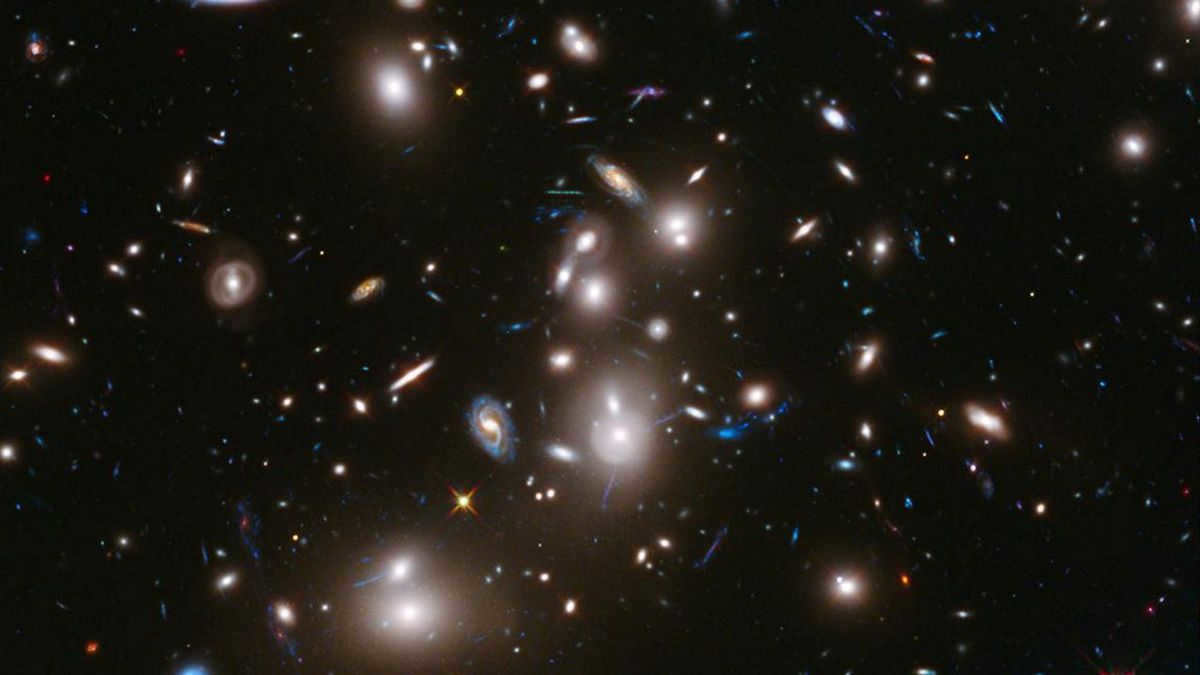
NASA data suggests that the universe has a flat shape, with an error margin of approximately 0.4 percent (as of 2013). This discovery has the potential to revolutionize our understanding of the universe’s size.
“According to this data, it appears that the universe is infinite in size. However, due to its finite age, we can only observe a limited portion of it,” explain NASA officials. “We can confidently state that the Universe is much larger than what we can directly observe.”
Determining the shape of the Universe is complicated due to the limitations of our observation methods. The universe’s hall-of-mirrors-like appearance, seemingly infinite, can deceive us. In reality, the cosmos might be finite. The illusion of infinity arises when light traverses all of space, potentially creating multiple images of each galaxy, even more than once.





